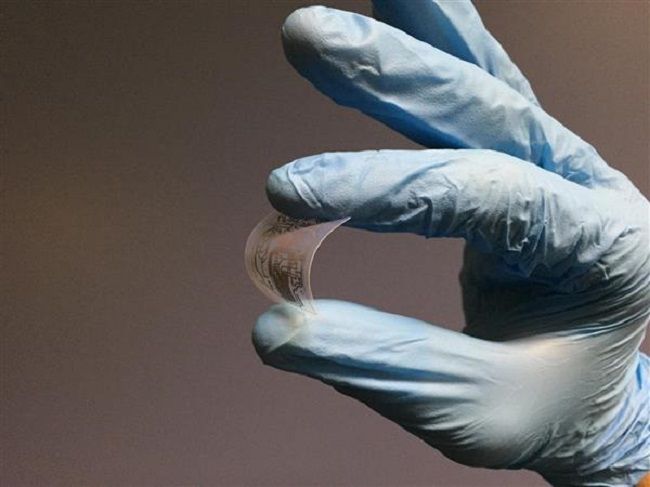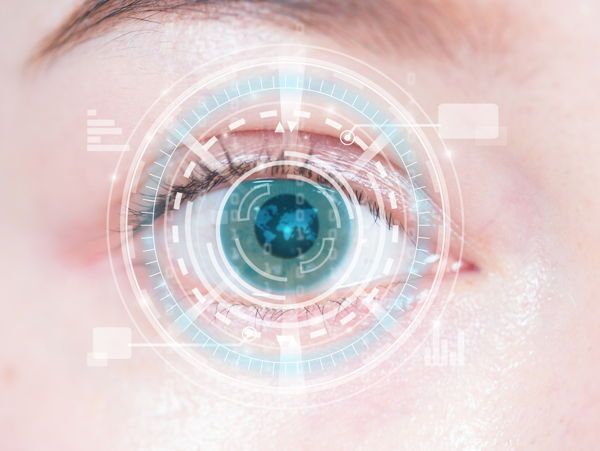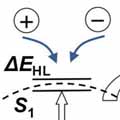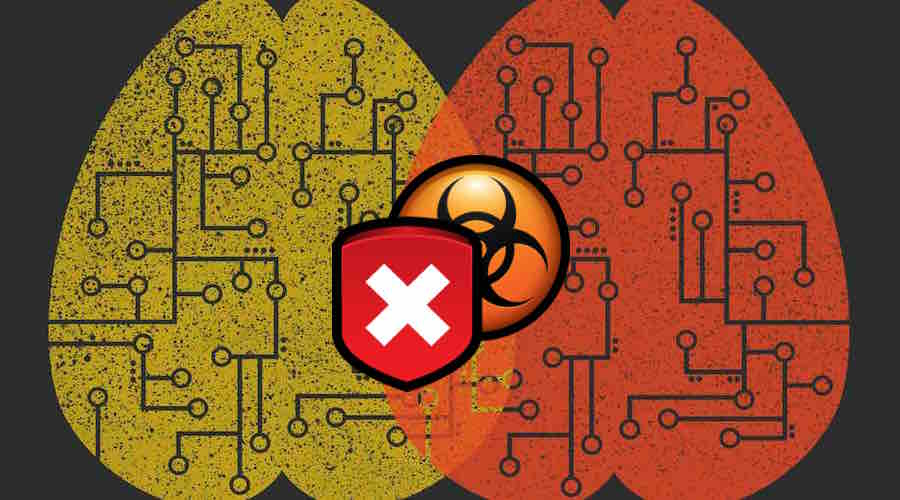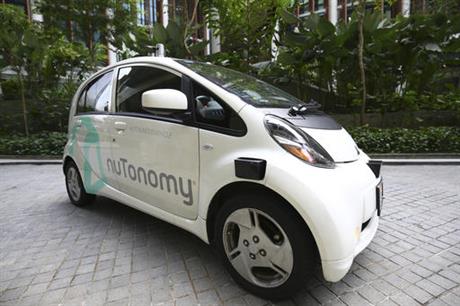
SINGAPORE (AP) — The world’s first self-driving taxis will be picking up passengers in Singapore starting Thursday.
Select members of the public will be able to hail a free ride through their smartphones in taxis operated by nuTonomy, an autonomous vehicle software startup. While multiple companies, including Google and Volvo, have been testing self-driving cars on public roads for several years, nuTonomy says it will be the first to offer rides to the public. It will beat ride-hailing service Uber, which plans to offer rides in autonomous cars in Pittsburgh, by a few weeks.
The service will start small — six cars now, growing to a dozen by the end of the year. The ultimate goal, say nuTonomy officials, is to have a fully self-driving taxi fleet in Singapore by 2018, which will help sharply cut the number of cars on Singapore’s congested roads. Eventually, the model could be adopted in cities around the world, nuTonomy says.
Read more


